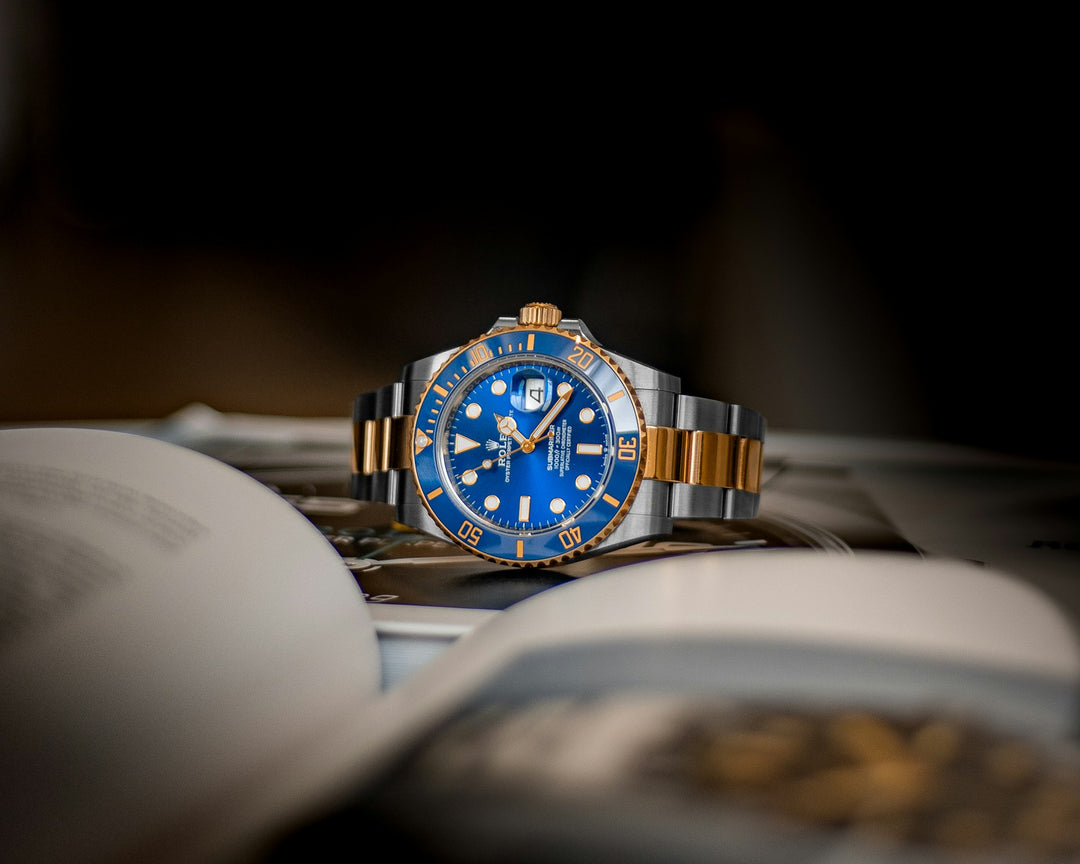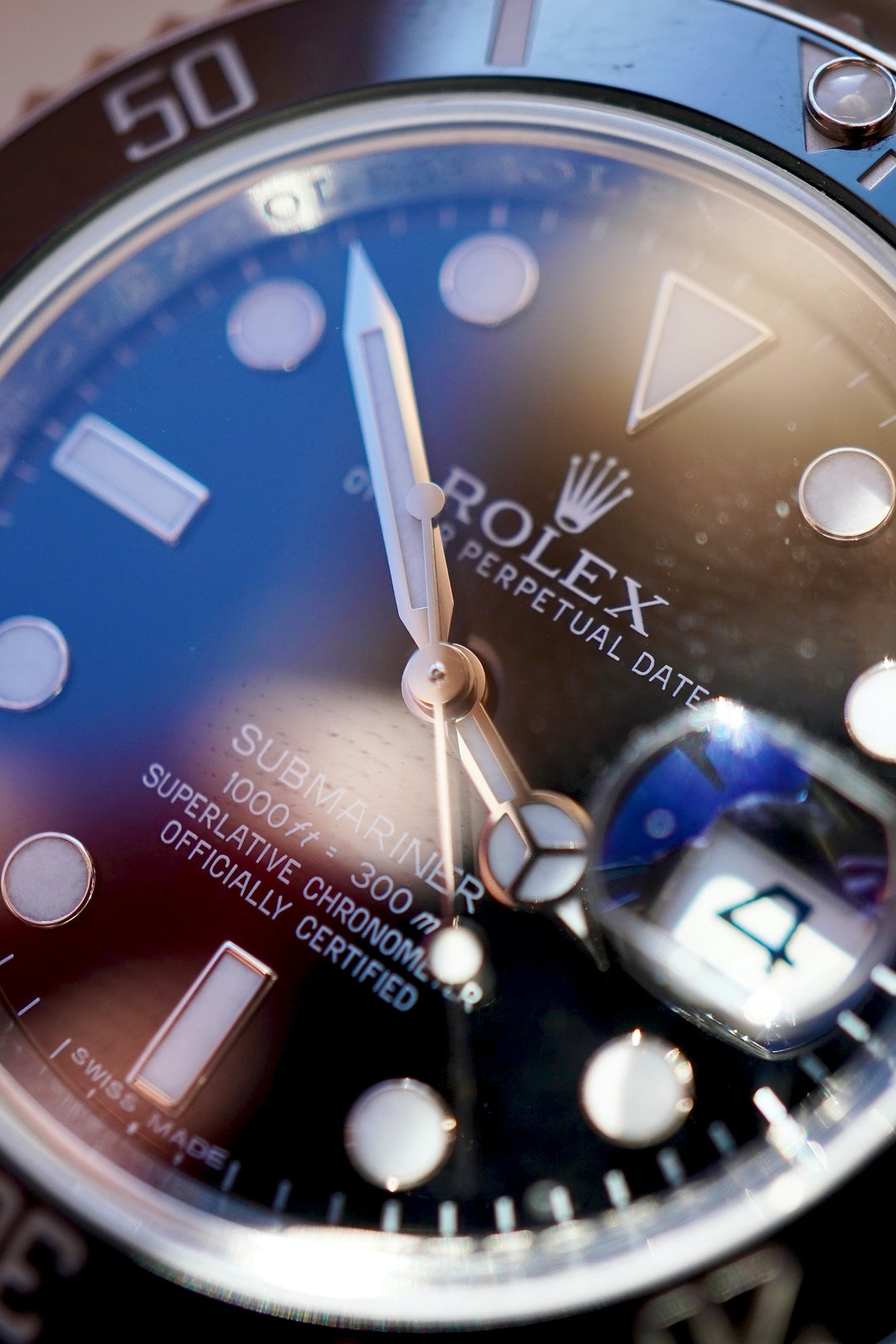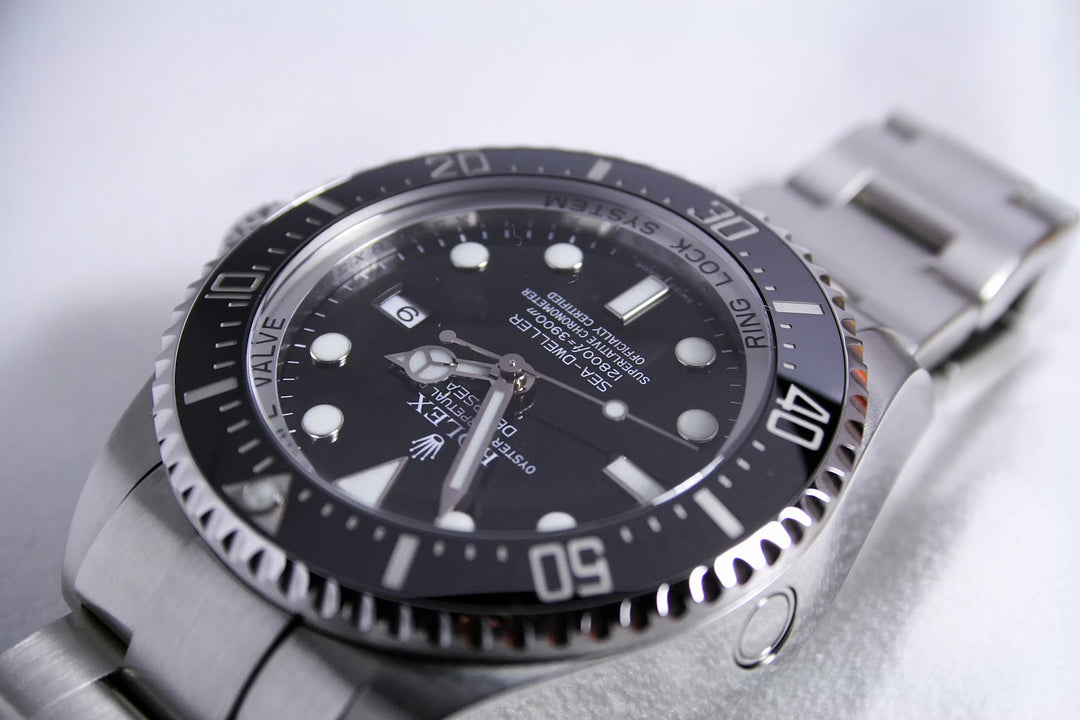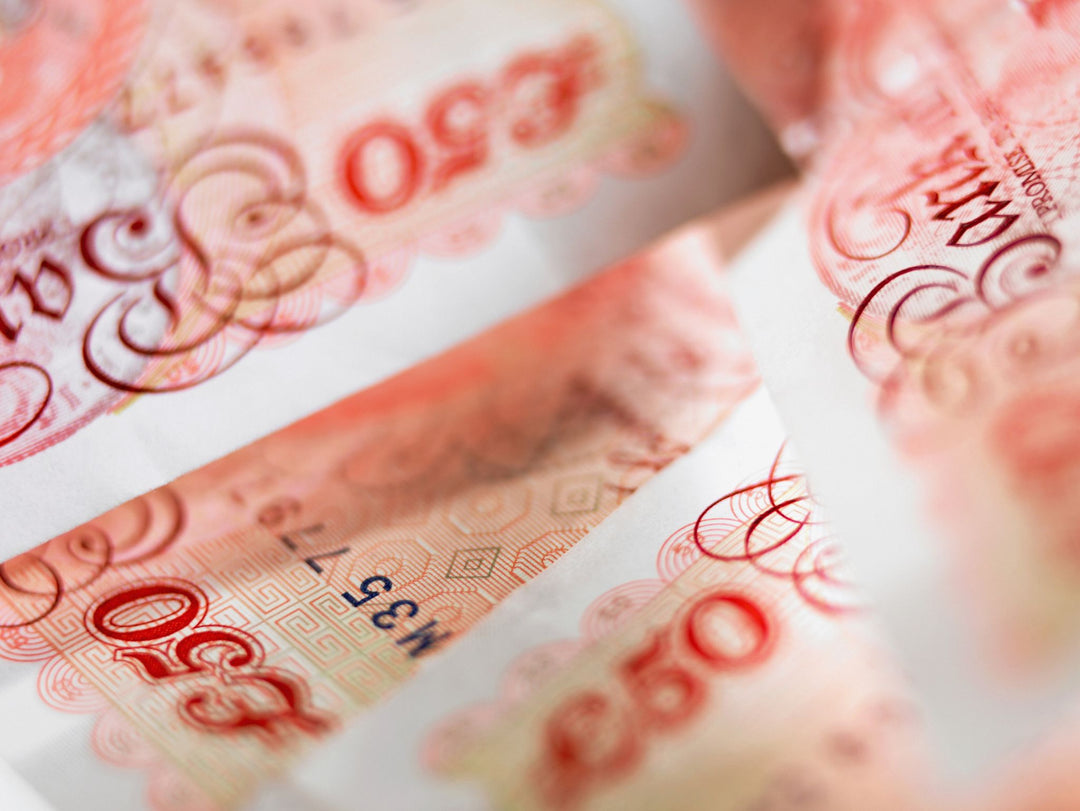Demystifying the Rolex Datejust: A Technical Deep Dive
Among the widely popular vintage Daytonas and GMTs, an often overlooked Rolex model stands out as proof of the brand’s excellence and accuracy. The Rolex Datejust was first presented in 1945 to celebrate the corporation’s 40th anniversary and has been a reliable companion for luxury watch enthusiasts everywhere.
Datejust was the first automatic wristwatch with an automatically changing date window. While we might take this particular feature for granted in the 21st century, it was completely game-changing in the ‘40s.
This feature, among other iconic characteristics and the constant evolution of this watch, has made the Datejust a symbol of technical advancement in horology. In this blog, we’ll delve into the details of the watch’s design and mechanical complexities, shedding light on the precision and refinement required to craft the Datejust.
What Makes the Datejust Special?
Everything about the Rolex Datejust is iconic from start to finish, even the design and the materials that are used to manufacture it. Robust stainless steel and elegant gold and platinum add to the distinctive aesthetic appeal of the watch. On the other hand, a classic round case and elegant dial options allow the watch to perfectly complement different types of occasions. Whether you’re attending a formal gala or a casual gathering, wearing a Rolex Datejust is guaranteed to add a touch of sophistication to your outfit.
The true beauty of the Datejust lies in its almost endless options for personalization. Upon choosing, you can personalize your dial colors, hour markers, and the style of the hands. If you’re not a fan of a sleek, smooth bezel, you can always opt for the iconic fluted one.
The bracelet is no less important than the dial; Rolex knows this well, that’s why they allow you to personalize the strap of your favorite Datejust, too. Whether it’s the sporty Oyster bracelet, the elegant Jubilee, or the most luxurious President one, every inch of your wristwach can be meticulously design to reflect your personality and fashion sense.
Inside the Mechanism
Any Rolex is a testament to the craftsmanship and detail orientation of the manufacturers, and no other model takes excellence further than the Datejust. Now that we’ve discussed the outside features that make this particular watch stand out in the crowd, let’s open the mechanism and dive into the technical parts of the Datejust that prove that it’s a true marvel of engineering.
Self-Winding Movement
At the core of the Rolex Datejust lies a self-winding mechanical movement, also known as an automatic movement. Self-winding watches receive energy from the natural motion of the wearer’s wrist to keep the watch running smoothly. This means you won’t have to wind it manually if you wear it enough.
As you go about your daily activities, the movement of your wrist winds the mainspring, storing energy to power the watch's functions. This self-winding feature eliminates the need for manual winding, providing a hassle-free and convenient experience for the wearer.
Perpetual Rotor
One of the key components of the Datejust's self-winding mechanism is the Perpetual rotor. This rotor is a patented design unique to Rolex watches, and it plays a crucial role in the watch's automatic winding system. The Perpetual rotor is a semi-circular weight that is free to rotate in both directions.
As you move your wrist, the rotor swings back and forth, winding the mainspring and keeping the watch ticking. What makes the Perpetual rotor truly exceptional is its efficiency in converting kinetic energy into mechanical energy, ensuring that the watch remains powered throughout the day, even with minimal wrist movement.
Parachrom Hairspring
Another technological advancement within the Rolex Datejust is the Parachrom hairspring. This hairspring is made from a proprietary paramagnetic alloy developed by Rolex, offering several advantages over traditional hairsprings. The Parachrom hairspring is highly resistant to magnetic fields, protecting the watch's precision from external magnetic interference.
Additionally, it is also resistant to temperature variations, ensuring consistent performance in various environmental conditions. The Parachrom hairspring's enhanced durability and stability contribute to the Datejust's exceptional accuracy and reliability over time.
Final Notes
The Rolex Datejust surprised its audience on the very first day of its introduction in 1945 and has continued to impress Rolex enthusiasts everywhere with its excellence and non-stop innovations. While it doesn’t steal the spotlight as much as other Rolex models, the Datejust’s elegant luxury, iconic design, and meticulous craftsmanship shine quietly and prove the watch’s strength, sophistication, and reliability.







